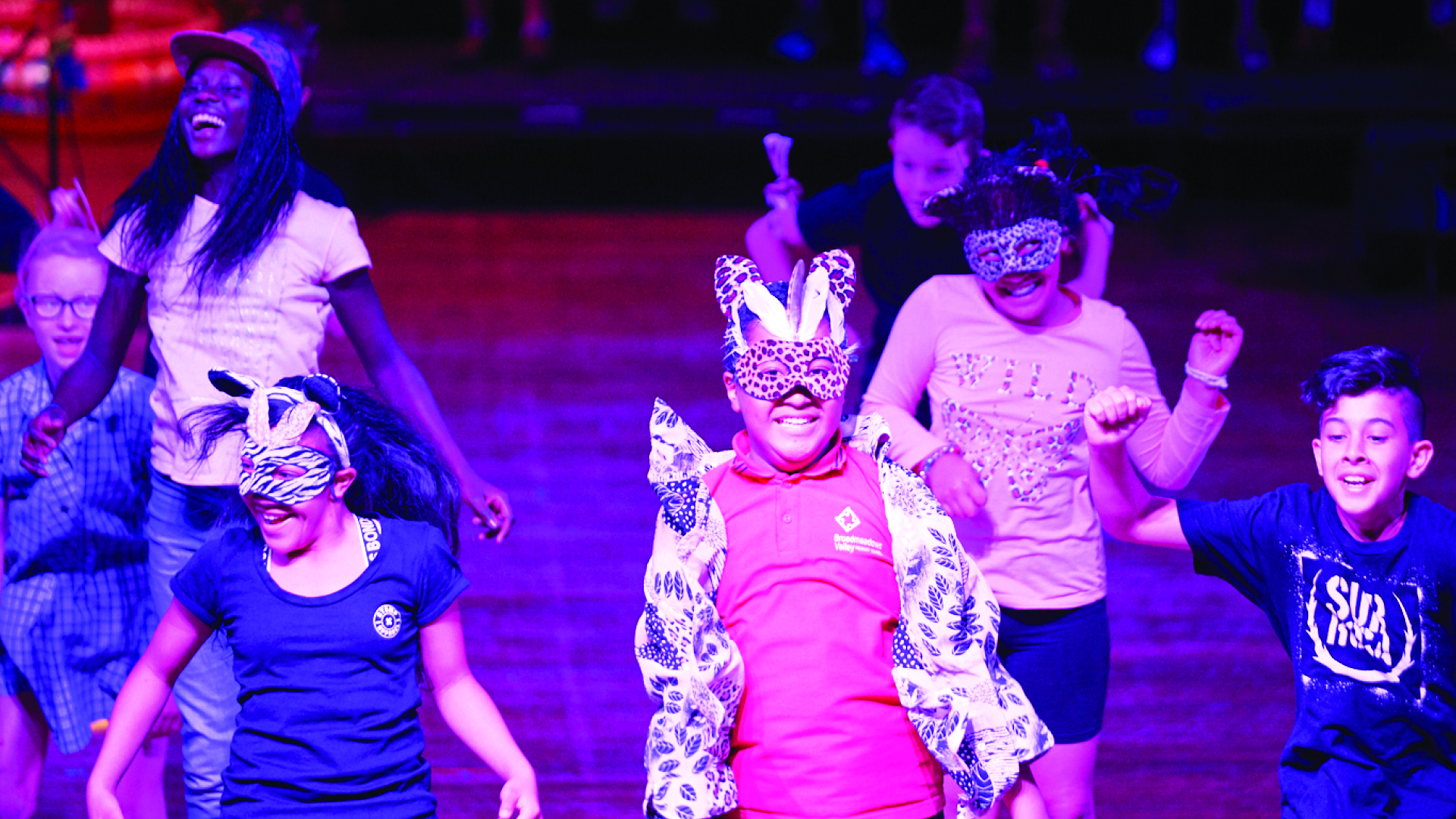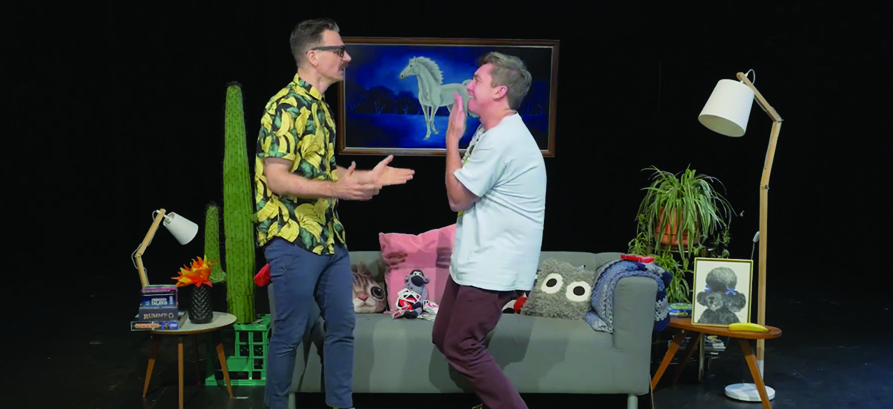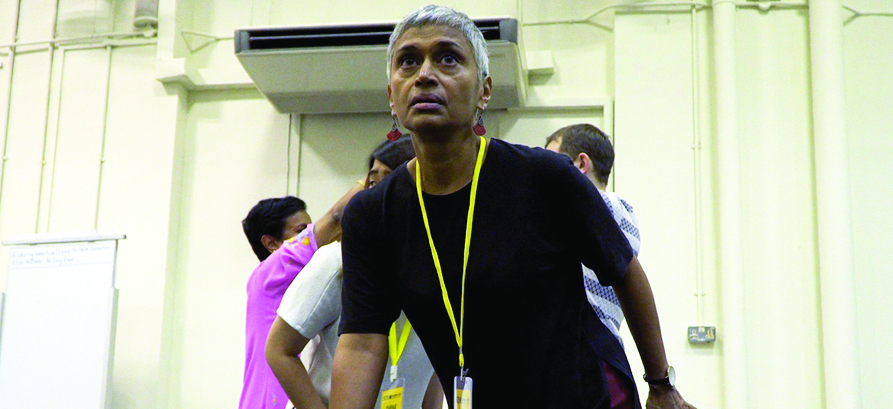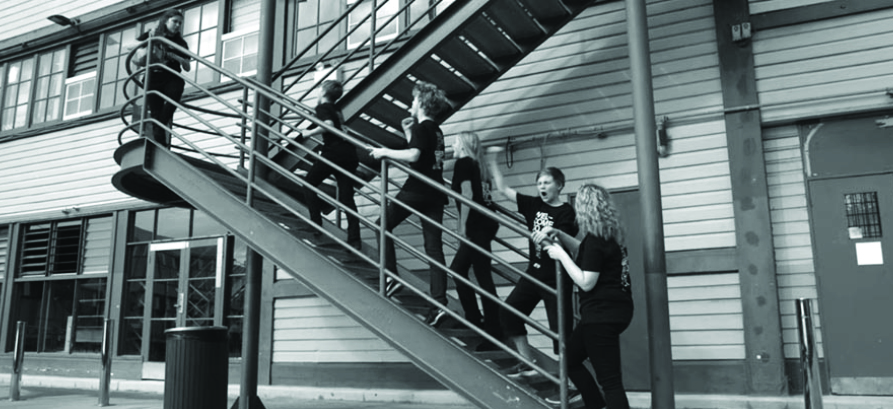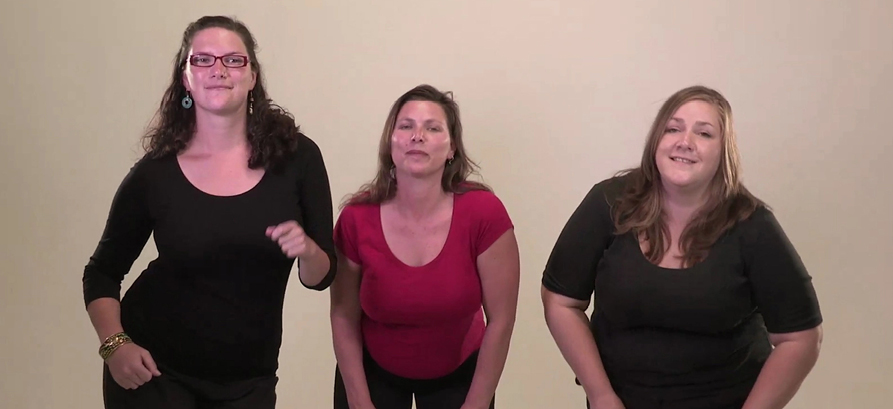Teachers know the value of a quality end of year performance. Students share their achievements and celebrate what they have learnt throughout the year. They support one another and work together toward a common goal. There is nothing like a live performance to challenge students, helping them to build confidence and resilience. Did anyone say SEL?
Not only are end of year performances the perfect way to build students social-emotional skills, they also help to build school culture. Whether you’re inviting parents and carers to a concert, or your class is performing at the school assembly, the end of year performance is an important part of the school calendar.
No wonder teachers feel the pressure when Term 4 rolls around and it’s time to start planning. Don’t worry. We’ve got you. Here are some practical ideas to help you plan a performance that is fun, creative and easy to achieve.
1. Keep the musical ideas simple and achievable
To help your concert run smoothly, and be easy enough for all student to shine, consider some of the following simple music ideas:
- Call-and-response, echo or ostinato
- Canons – so you only learn one thing
- Partner songs – two different songs sung at the same time
- Singing verse against chorus, and vice versa
- New arrangements of songs that students sing regularly in your weekly program and know well – hello songs, warm up.
2. Make it memorable by mixing up performance styles
Even a concert of really well-performed songs can grow boring if there are no variations of form and structure. Mix up the way the songs are communicated to keep audiences engaged:
- Solo parts
- Acoustic performances – no amplification
- Acapella – singing with no backing track
- Variations within one song (sing in unison, echo, hum, two-part harmonies
- Transition pieces between performances like students entering the stage using body percussion.
3. Add visual interest to engage the audience’s senses
A school concert should be stimulating for the audience’s eyes as well as their ears. Incorporate visual elements of interest wherever possible:
- Add colour – scarves, costumes, backdrops, projections of student artwork
- Instrument accompaniments – simple percussion
- Dances, actions and movements
- Use lighting to add focus, excitement and a sense of occasion
- Utilise different parts of the performance space to keep the audience guessing – entering the stage from behind the audience, utilising the aisle for a finale.
4. Be inclusive and provide a variety of ways for everyone interact and participate
If students look happy and enjoying themselves, the audience will too. Make sure your performances celebrate inclusivity and a range of abilities:
- Signing (Auslan/Key Word Sign) – can be a great way for movements to be meaningful
- Ensure your concert has an Acknowledgment of Country appropriate to your local area – this can be a great opportunity for students to create a musical version of this
- Make sure all students are involved, as well as being great for them – it’s important for parents to see their child joining in
- Find opportunities to celebrate student agency by featuring student compositions, improvised sections or student devised arrangements
- Audience participation – encourage the audience to contribute to the performance by having student leaders teach them a body percussion ostinato or a simple chorus they could join in with
- Remember that concerts are not just about sharing products but processes. Students who are more reluctant to perform might like to share their learning through other means. QR codes on programs, posters or projections can link to student videos, art work or written reflections about their learning throughout the year.
5. And lastly, but importantly, delegate and share responsibilities wherever possible
While many of you may need extra time release from leadership, there are only so many hours in the day. Sharing the load not only makes things easier for you, but it gives others more ownership and emotional investment in the success of the performance.
- Communication is key – staff and parents will be more likely to offer support if they understand the purpose of the event and the clear roles that they can play to support positive outcomes. Briefing documents and well timed planning meetings will support shared ownership of the event.
- Invite your art teacher or an alternative classroom teacher to assist with visuals through classroom work with the students – this provides another opportunity to celebrate student art making and authentically showcase classroom learning.
- Engage school captains or other student leaders to lead aspects of the event – MC, ushers, back stage support.
- Delegate any other tasks suitable for adults to fellow colleagues or willing parents – play to their strengths and consider who is most appropriate to supervise performers, take photographs, support back stage, arrange student dismissals after the event, support with lighting, manage special guests.
- How can you make it student led? To increase authenticity and student voice, find ways that the event can be guided by student decisions and suggestions. Different classes may be responsible for different things – set up/decoration of the performance space, posters to advertise the event, invitations to local community members to attend, performing concert ‘previews’ at assemblies, connecting through a maths inquiry to plan and organise ticketing.
If you need some inspiration there are many resources on ARTS:LIVE that can help. Here are some to get you started.
The Listies Make a Scene
![]()
![]()
![]() 4 × 45 minute lessons
4 × 45 minute lessons ![]() Age 5 – 12
Age 5 – 12
The wildly popular children’s theatre-makers and authors will give you all their tips and tricks for creating a show full of dramatic tension and comedy.
Stories from Home
![]()
![]()
![]() 10 lessons
10 lessons ![]() Age 12 – 16
Age 12 – 16
This structured ten lesson project will help you develop and stage an original show around the concept; what does ‘home’ mean to us?
![]()
Site-Specific Theatre
![]()
![]()
![]() 9 x 45 minute lessons
9 x 45 minute lessons ![]() Age 12 – 16
Age 12 – 16
This resource focuses on site-specific theatre activities, rich in contemporary contexts but inspiring students to delve deep into history.
Sing, Scat and Scoo Be Doo
![]()
![]()
![]() 4 songs
4 songs ![]() Age 0 – 5, 5 – 12
Age 0 – 5, 5 – 12
Introduce younger children to the joys of active music-making through singing, speaking, moving, dancing, playing and creating.
![]()
Enjoy!

